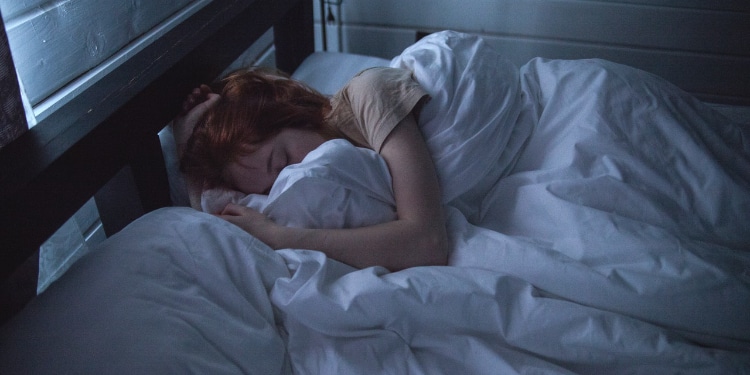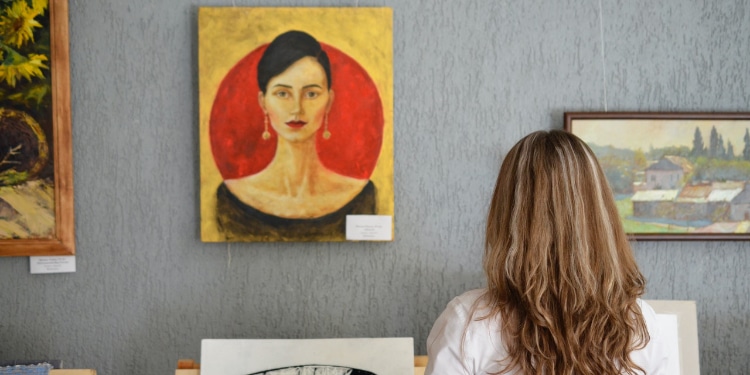











The condition of experiencing rapid heartbeat, dizziness, fainting, confusion, or even hallucinations when encountering artwork or objects of great beauty is known as Stendhal syndrome, a rarely documented psychological condition first identified back in 1817.

While many mental health professionals are skeptical about the true nature of this condition, people have reported experiencing it for centuries. The first time Stendhal syndrome was reported was in 1817 when a French author, Marie-Henri Beyle (whose pen name for writing was Stendhal) wrote and described what he was experiencing when seeing beautiful and meaningful objects. He wrote that when he visited the Basilica of Santa Croce (the burial site of Michelangelo, Galileo Galilei, and Niccolò Machiavelli) he became overcome with profound emotion that involved feeling elated, but anxious at the same time.
The symptoms described by Stendhal Syndrome are all indicators of someone experiencing a severe panic attack. While it’s possible that Stendhal may have been experiencing anxiety or a panic attack at the time of viewing that was unrelated to the art itself, since that time, many people have reported experiencing a similar phenomenon when being exposed to artistic or historical objects.
Studies have shown that people have experienced panic, hallucinations, and paranoia without a history of these kinds of symptoms following their trips to witness culturally significant artistic places and things. One study discussed a case in which a Russian novelist was reporting symptoms of Stendhal syndrome. In addition to this, the same study wrote about a 72-year-old man who experienced paranoid psychosis following a trip to Florence, Italy’s Ponte Veccio bridge. Following this experience, this man was said to experience disorientation and “florid persecutory ideation,” or believing that people were surveilling him. He was even convinced that people were bugging his room and that those working for the airlines were trying to harm him (Filho, 2009b).
Although many have documented similar symptoms and experiences following specific events in which they were exposed to cultural and historical artifacts, psychologists and researchers are wary of determining that these symptoms meet the criteria of a mental health disorder. It is speculated that the reason for this is because the criteria for confirmation of a “disorder” state that the symptoms cannot be better understood as a result of the person’s “sociocultural environment.” This means that having a psychological experience because of the cultural significance of the environment cannot be categorized as an actual mental health condition.
So, are you among the rare few who have experienced these symptoms? While very rare and highly unlikely, if you have experienced dizziness, paranoia, or hallucinations after viewing beautiful and inspiring works of art and history, a professional therapist may help you work through what happened and understand what can be done to improve your mental health.
So much needs to be discovered about these symptoms and their root causes before psychologists and researchers can come to conclusions, but it is a fascinating phenomenon that the mental health world needs to better investigate.
Sources